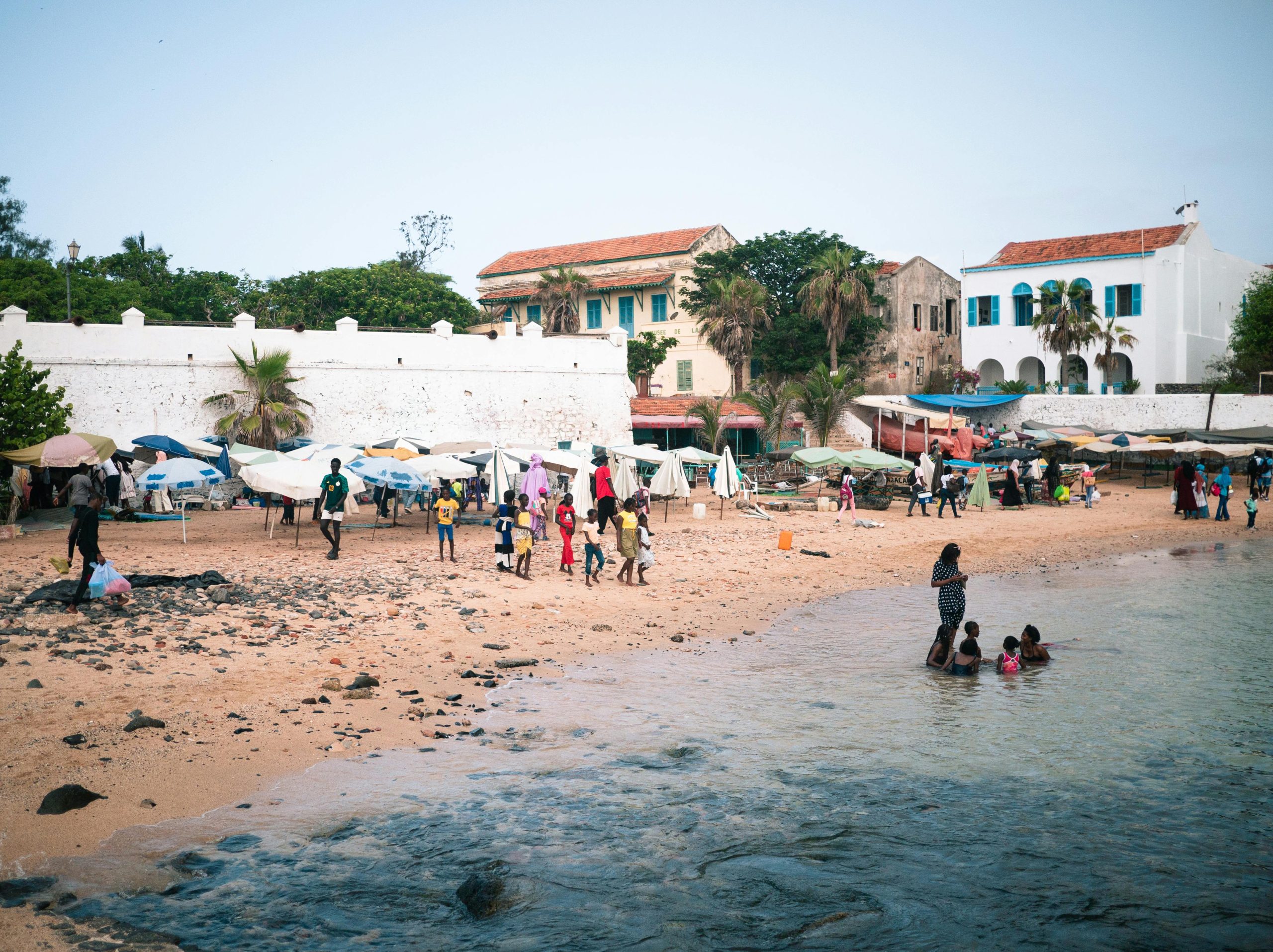Fintech Solutions for Local Markets in Senegal: A Comprehensive Guide to West African Innovation
Having spent the better part of three years working with financial technology companies across West Africa, I can tell you that Senegal represents one of the most fascinating—and frankly, underestimated—markets for fintech innovation on the continent. What struck me most during my first visit to Dakar wasn’t just the bustling entrepreneurial energy, but how traditional banking systems were being leapfrogged by mobile-first financial solutions in ways that would make Silicon Valley executives take notice.
The numbers alone tell a compelling story. According to recent data from the Central Bank of West African States, mobile money transactions in Senegal reached over $2.8 billion in 2023, representing a 47% increase from the previous year. But honestly, statistics only capture part of the picture. What really gets me excited about Senegal’s fintech landscape is the grassroots innovation happening at the community level—solutions that aren’t just technologically sophisticated but culturally intelligent.
Let me be straight with you—when I first started researching West African fintech markets, I made the rookie mistake of applying East African models directly to Senegal. Big error. What works in Kenya’s M-Pesa ecosystem doesn’t automatically translate to Senegal’s unique cultural and economic context. The Wolof concept of “tontine” (community savings groups), for instance, creates entirely different opportunities for peer-to-peer lending platforms than what you’d find in Nairobi or Lagos.
Understanding Senegal’s Financial Ecosystem
Senegal’s financial landscape is experiencing what I like to call a “perfect storm” of opportunity. The country maintains political stability that’s frankly refreshing in the region, combined with a growing middle class and increasing smartphone penetration. Recent studies by the African Development Bank show that 68% of Senegal’s population remains unbanked, but—and this is the crucial part—72% have access to mobile phones.
“The gap between mobile access and financial inclusion in Senegal represents a $1.2 billion opportunity for innovative fintech solutions,” according to Dr. Aminata Niane, Director of Financial Inclusion at the West African Monetary Union.
What I find particularly interesting about Senegal’s market is how traditional Islamic banking principles intersect with modern fintech innovation. Sharia-compliant financial products aren’t just nice-to-have features here—they’re essential for capturing significant market segments. Companies like Djoliba and Wizall have built their entire value propositions around culturally appropriate financial services.
Mobile Money Revolution and Local Adoption
The mobile money revolution in Senegal has been, honestly, more gradual than explosive—but that’s actually created some unique advantages. Unlike markets where rapid adoption led to regulatory scrambling, Senegal’s measured approach has resulted in more sustainable, community-integrated solutions.
Key Mobile Money Statistics for Senegal (2023)
- Active mobile money accounts: 8.2 million (approximately 48% of population)
- Monthly transaction volume: $240 million average
- Agent network coverage: 85% of communes nationwide
- Average transaction size: $28 (significantly higher than regional average)
Orange Money dominates the landscape—no surprise there—but what’s fascinating is how local competitors are carving out niches. Wave, for instance, completely disrupted the market by eliminating transaction fees. When they launched in 2018, industry veterans (myself included) were skeptical. How do you build a sustainable business model around free transactions? Turns out, the answer lies in merchant services and premium features.
| Provider | Market Share | Key Differentiator | Target Segment |
|---|---|---|---|
| Orange Money | 47% | Extensive agent network | Mass market |
| Wave | 31% | Zero transaction fees | Cost-conscious users |
| Free Money | 13% | Tigo network integration | Rural communities |
| Wizall | 9% | Banking partnerships | SME focus |
The adoption patterns I’ve observed in Senegal differ significantly from other West African markets. Users here tend to maintain multiple mobile money accounts—a behavior that initially confused international observers but makes perfect sense when you understand local financial habits. It’s essentially digital tontine management, spreading risk across platforms while maximizing service access.
Rural vs Urban Adoption Dynamics
Here’s where things get really interesting, and frankly, where most international fintech strategies fall short. Rural adoption in Senegal isn’t just about basic money transfers—it’s about integrating with existing agricultural value chains. Companies that succeed in rural markets understand that payment solutions need to accommodate seasonal income patterns and community-based financial structures.
I remember visiting a cooperative in the Sine-Saloum region where farmers were using mobile money not just for transactions, but as a tool for collective agricultural planning. They’d pool funds digitally for seed purchases, track individual contributions through transaction histories, and even manage crop insurance payments through their phones. This isn’t just financial inclusion—it’s economic empowerment through technology.

Leading Fintech Companies and Market Dynamics
The competitive landscape in Senegal’s fintech sector is more nuanced than the typical “David versus Goliath” narrative you see in other emerging markets. Yes, Orange Money maintains market leadership, but the space has evolved into distinct ecosystems rather than a winner-take-all competition.
Senegal Country Profile
Population: 17.2 million | GDP per capita: $1,430 | Mobile penetration: 119% | Banking penetration: 32% | Official languages: French, Wolof | Currency: West African CFA franc (XOF) | Major economic sectors: Agriculture (16%), Industry (25%), Services (59%)
What really impresses me about Senegal’s fintech ecosystem is the emergence of specialized players addressing specific market needs. Take PayDunya (now DustyPay)—they identified early that e-commerce payment processing was a massive gap in the market. Instead of trying to compete with mobile money giants on their turf, they focused on enabling online merchants to accept local payment methods seamlessly.
“The future of fintech in Senegal isn’t about replacing traditional financial systems, but creating bridges between formal and informal economic activities,” explains Marième Diop, CEO of Teranga Capital and leading fintech investor in West Africa.
Emerging Sectors and Innovation Areas
Microfinance digitization represents perhaps the most significant untapped opportunity I’ve identified in the Senegalese market. Traditional microfinance institutions (MFIs) serve approximately 800,000 clients, but their operational efficiency remains hampered by paper-based processes and limited digital infrastructure.
- Supply Chain Finance: Companies like InTouch are revolutionizing how SMEs access working capital by leveraging transaction data from mobile money platforms
- Agricultural Finance: Integrated solutions combining weather data, crop monitoring, and flexible payment schedules are gaining traction in rural areas
- Islamic Banking Tech: Sharia-compliant digital financial products represent a largely underserved market segment with significant growth potential
- Remittance Optimization: With diaspora remittances exceeding $2.4 billion annually, there’s enormous room for cost reduction and service improvement
The regulatory environment—let me be honest here—has been both a blessing and a frustration. The Central Bank’s cautious approach means slower innovation cycles, but it also creates more sustainable market conditions. Unlike some markets where regulatory uncertainty creates boom-bust cycles, Senegal’s measured framework encourages long-term thinking.
Regulatory Framework and Implementation Challenges
Navigating Senegal’s regulatory landscape requires patience and cultural sensitivity—two qualities that international fintech companies often underestimate. The West African Economic and Monetary Union (WAEMU) framework provides regional coordination, but local implementation varies significantly across member countries.
The biggest challenge I’ve observed isn’t regulatory complexity per se, but the gap between written regulations and practical implementation. What looks straightforward on paper can involve months of relationship-building and cultural adaptation in practice. This isn’t bureaucratic inefficiency—it’s a different approach to risk management that prioritizes stakeholder consensus over speed.


